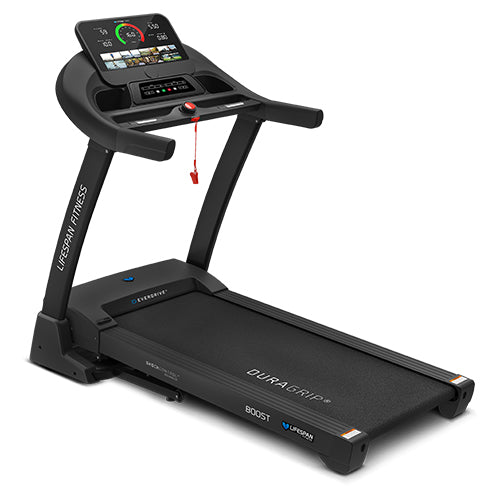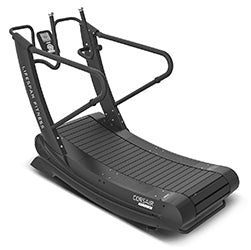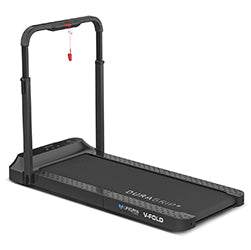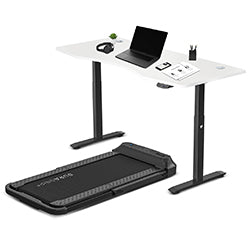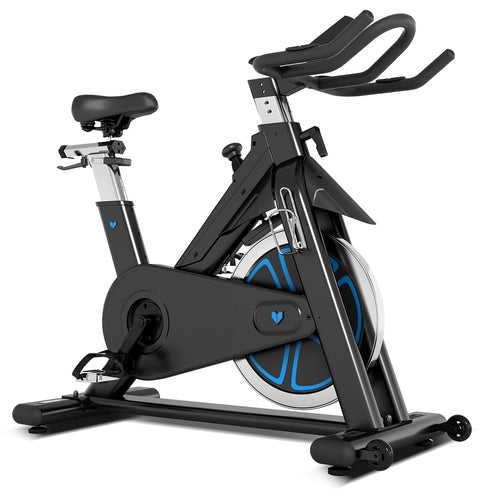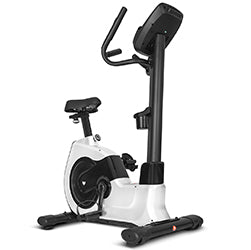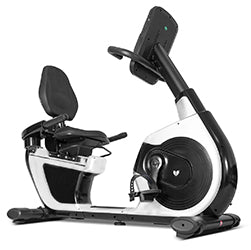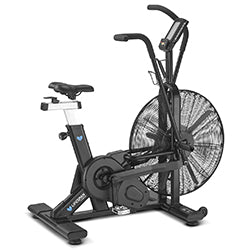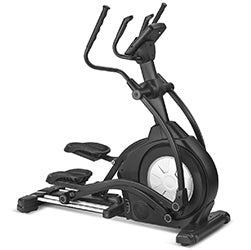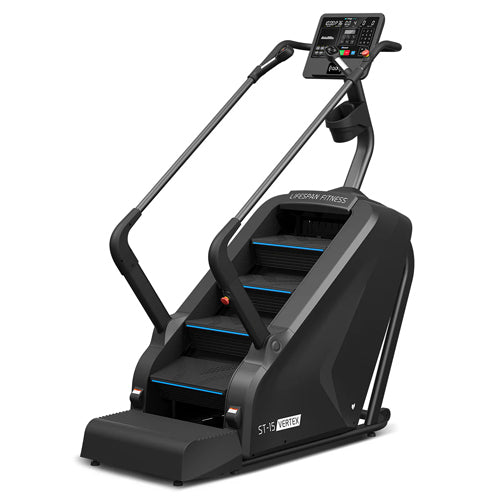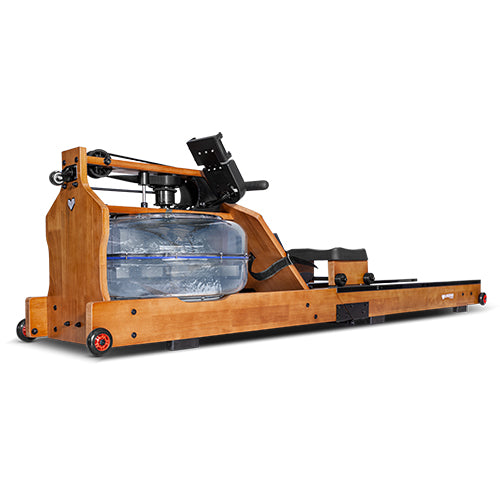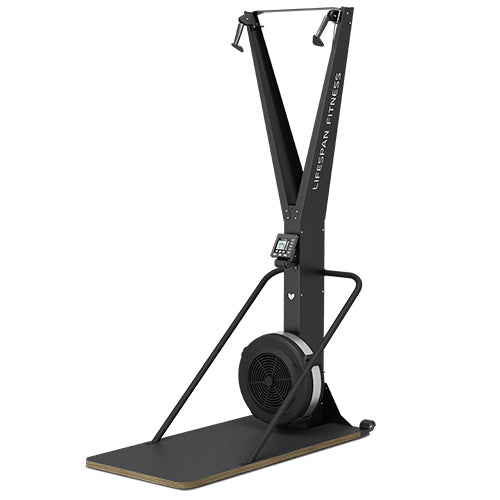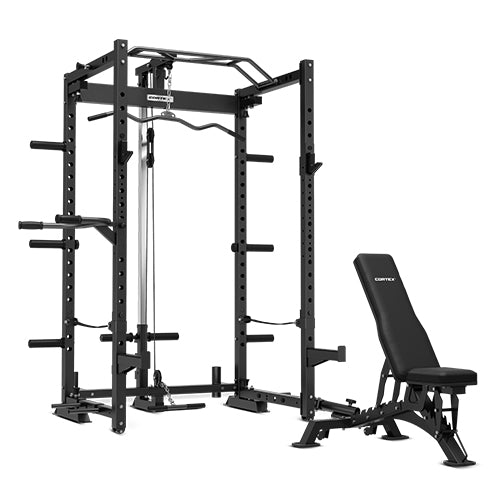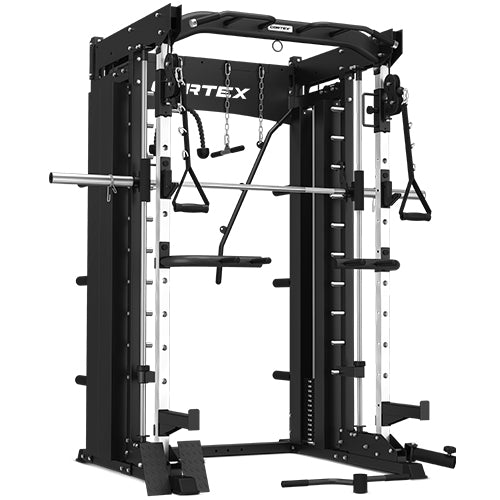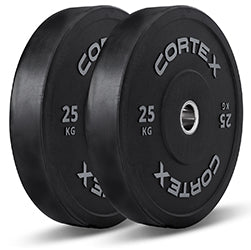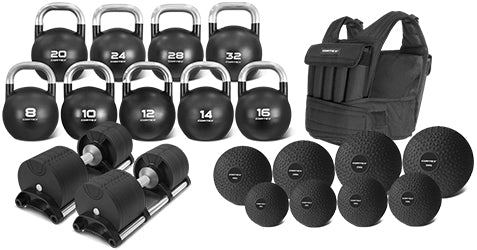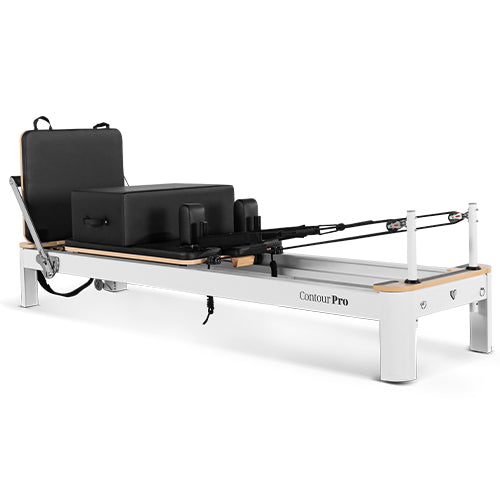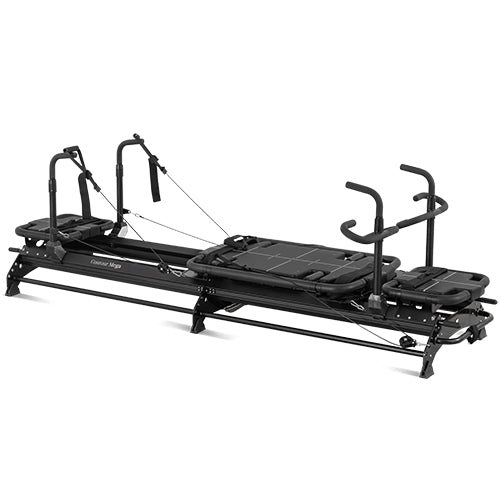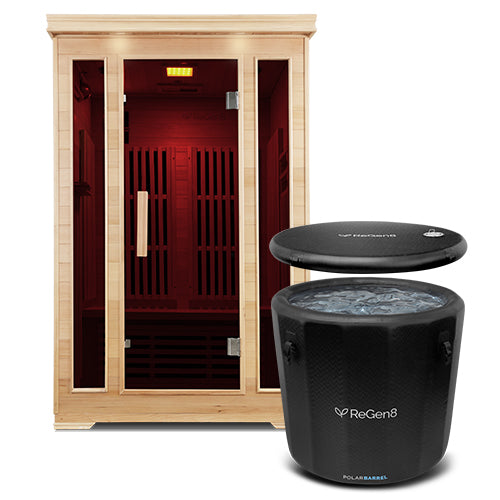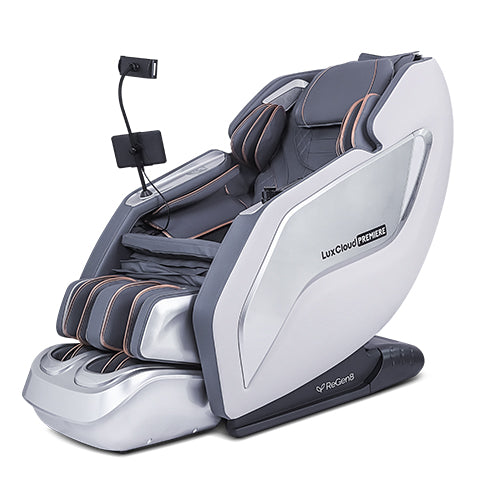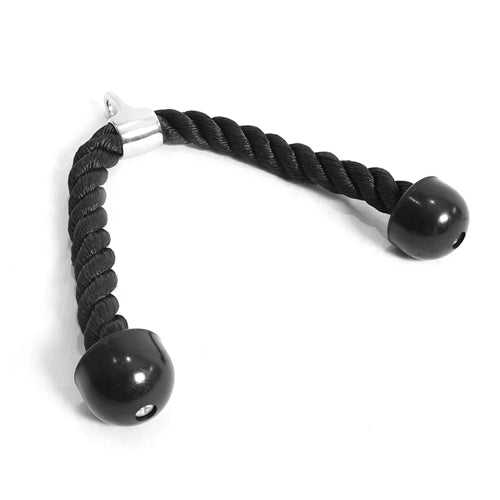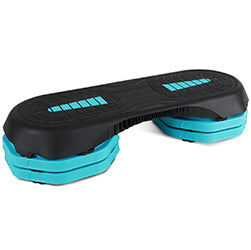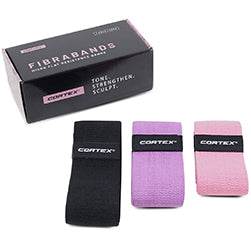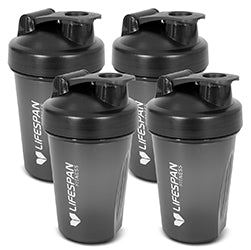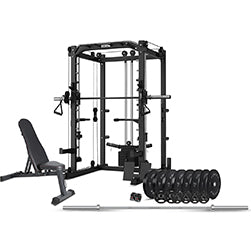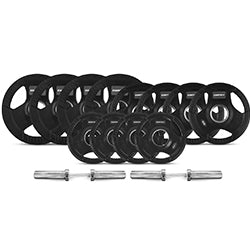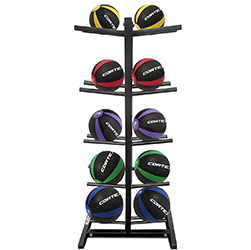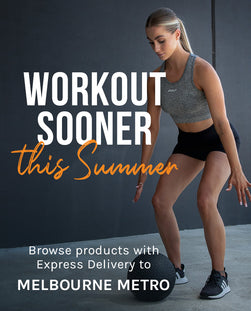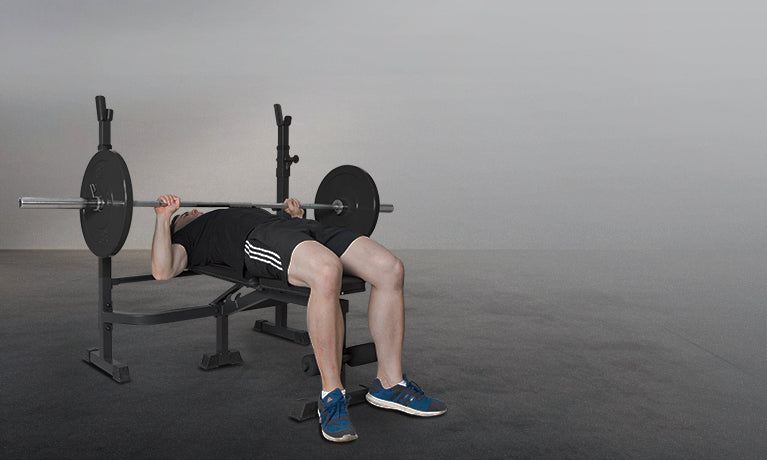Bench Presses
A bench press is a gym bench that can be used for targeted and compound strength training, used mainly for the upper body but can be incorporated for a leg strength workout as well. A good quality gym bench is a cornerstone of a well-rounded home gym setup, facilitating a variety of exercises and allowing the user to target a range of muscle groups. Bench presses provide a safe and comfortable support for strength workouts, giving you a secure base on which to train. CORTEX’s multi-function bench presses are versatile, and feature many different adjustments depending on the type of workout or the muscle groups being targeted.
FID (flat, incline, decline) benches allow the user to access a variety of seat angles and increases the number of exercises they’re able to perform. These range from 5-9 total angle settings, including both bench and seat variations for flat bench press, incline bench press and decline bench press options.
CORTEX’s bench presses are built with commercial-grade tubular steel for a sturdy base, and high-density leather upholstery to give you a comfortable experience in your workout. Some of our models feature the option to fold fully upright with wheels on the side of the frame for easy transportation and portability. A foldable bench press is ideal for those who may want to adjust their fitness area or want to save a little extra space.
Benches can be used for Dumbbell and Barbell exercises, and are compatible with both standard and Olympic grade equipment. Maximum weight will range from 150kg to 250kg, and can usually accommodate a 6ft or 7ft bar. Click here for a guide on Olympic barbells.
CORTEX also offers packages featuring a bench press with weights, as well as dumbbell and barbell bars. As our bench presses are compatible with most plates and bars, they make an economical option for those wanting to get the most use out of their equipment. Multi-function bench presses feature a power rack along with the bench. This squat rack and bench combo produces an effective tool for a well-rounded strength workout.
The Barbell bench press is the classic chest and upper body exercise, targeting the major muscle groups of the chest, shoulders and triceps. To perform a bench press, lie flat on the bench, grip the bar with hands shoulder width apart and palms facing forwards. Bring the bar down close to your chest, then extend your arms straight upward. Bring the bar down and repeat.
Height adjustable barbell holders will allow the user to cater the bench press to their height and arm length, and can create better access to different angles and exercises. Some models will feature 2 sets of barbell hooks and safety spot bars for size compatibility and height access. There are also options for adjustable leg holders, with 3 levels of adjustment to provide a secure foothold for ab crunches or decline benches.
You may also opt for a dumbbell bench press, which has the advantage of a greater range of motion, and is more efficient at targeting strength imbalances between the two sides of your body. For consistent and efficient returns on your workout, try to work bench presses into your routine around 2-4 times a week, enough to give your muscles enough time to rest in between sessions. While barbells tend to get most of the attention when it comes to gym benches, there are many advantages to swapping them out for a pair of dumbbells in many exercises, so take the time to consider the right equipment for your workout and needs.
Another variation is the close grip bench press, which involves moving your hands closer together on the bar, and moves the focus more to the triceps and the back of the upper arm. If your bench has a decline option, you can swap out the flat bench press for a decline bench press, which has the advantage of targeting your lower pecs and being easier on the shoulders and back. Lying stomach down on an incline bench press gives access to barbell curls to improve grip strength and provide extra work for the biceps and forearms. A bench press squat rack can be used for barbell squats, which will strengthen your legs muscles, including the hamstrings and glutes. Some squat rack and bench stations will allow the user to lift the barbell hooks out of the frame and turn them around. This means you can load on your barbell from the backside and perform squats. A full incline bench will give the user access to shoulder and military press exercises to work your shoulders and upper back.
For a more comprehensive guide on how to start lifting weights, click here.
If you’re looking to accelerate your strength workout in an efficient, comfortable and targeted way, then a high-quality bench press is one of your best options. It’s a versatile piece of equipment that can be adjusted to facilitate your specific strength goals, and is appropriate for just about any fitness level. A bench press will most likely be compatible with any weight plates and bars you happen to have, so its adaptable to different workout setups. For further assistance on choosing a setup that works for you, speak to our friendly staff today and we’ll get you going on your fitness journey.
Bench Presses FAQ
A bench press is a gym bench that can be used for targeted and compound strength training. Their main focus in many workouts will be mainly for the upper body, but can be incorporated for a leg strength workout as well. A good quality gym bench is a cornerstone of a well-rounded home gym setup, facilitating a variety of exercises and allowing the user to target a range of muscle groups. Bench presses provide a safe and comfortable support for strength workouts, giving you a secure base on which to train. CORTEX’s multi-function bench presses are versatile, and feature many different adjustments depending on the type of workout or the muscle groups being targeted.
Bench presses can be a great tool for all types of users, and can be modulated to suit a variety of fitness levels and goals.
A bench press with incline will allow you to perform a greater variety of workouts, and can be used to work different muscles to a regular flat-bench. However, the incline is generally used to deliver a more focused workout for the upper pecs, which can be done through a range of exercises.
A full incline bench will give the user access to shoulder and military press exercises to work your shoulders and upper back.
Lying stomach down on an incline bench press gives access to barbell curls to improve grip strength and provide extra work for the biceps and forearms.
Most of CORTEX’s exercises benches will feature incline options, but always check which equipment you’re working with to find something that will suit your workout.
Most of CORTEX’s bench press will be compatible with both standard and Olympic barbells, so the weight of the bench press bar will depend on what equipment you’re using. For Olympic bars, the range will be between 15kg for the ATHENA range, up to 20kg for the SPARTAN and ZEUS barbells.
For standard bars, the weight will be between 5kg to approximately 7kg. Make sure to check the equipment you’re using so you can factor in the weight to your workout.
For a comprehensive guide on choosing the right Olympic barbell, click here.
The frequency of your bench press workout will depend on your own fitness goals, as well as the rest of your resistance training regime. It will also change over time as your upper body strength develops and you find you aren’t able to reach the same level of muscle fatigue as quickly. If you’re just starting out with benching, once a week is plenty to start seeing some results.
If you’re a more advanced trainer, and are looking for consistent and efficient returns on your workout, try to work bench presses into your routine around 2-3 times a week. This will give your muscles enough time to rest in between sessions. Anything more than 4 times a week is probably overdoing it.
If you’re still new to the world of weightlifting and bench presses, check out our guide on how to get started lifting weights.
Shop In Store
Head over to our showrooms and authorised dealers to view and try a wide range of our current Lifespan Fitness' Bench Presses. Our friendly staff will be able to run you through different features and will help you find the best Bench Presses for your training needs. See our Locations page for more details.
Australia Wide Shipping
We provide Australia-wide Shipping and different delivery services to suit your needs. Our Bench Presses range can be delivered to your front door with easy assembly instructions included. We also provide installation services at an additional cost for most areas. For more information, please see our Delivery & Pick Up Information Page.
Flexible Payment Options
We offer a wide range of payment options online and in-store. Need a payment plan? We also offer payment plans from ZipPay. Get your product first and pay later!
Need help choosing? Our team are here to help!
Feel free to call us on 1300 169 600 or chat with our team on the Online Chat. You can also send us an email on info@lifespanfitness.com.au.
You may also find your questions answered on our FAQ's.




